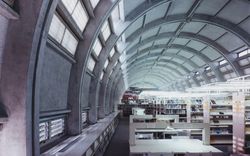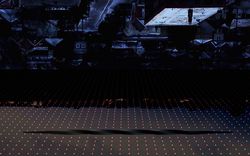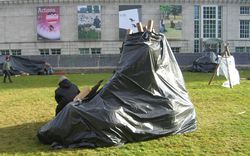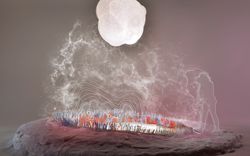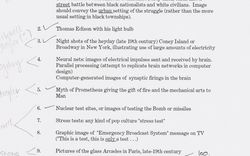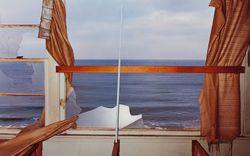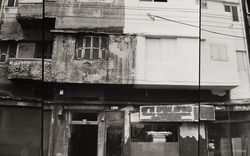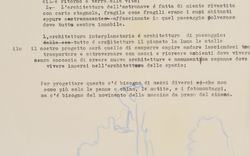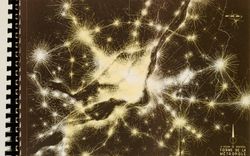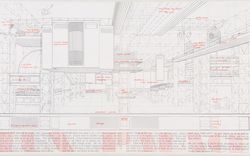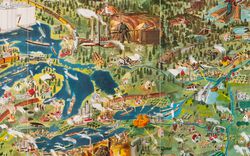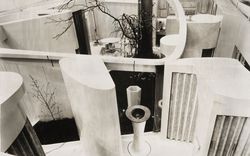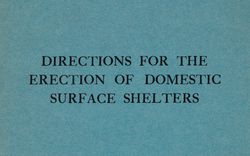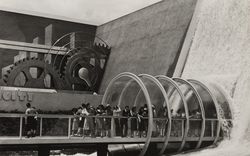1970: Caro Adolfo
A letter from Alessandro Poli
Florence 1970
Dear Adolfo
we saw the conquest of space on TV, the greatest media event of the twentieth century. After the landing on the Moon, architecture can no longer be as we had thought-imagined-constructed it in our visions: from now on, the real image surpasses the fantasies, our utopias, which guided our creations;
no clouds, no wind, no gravity, no conflicts, no sounds, and yet the tremendous strain of discovering that we are small because even huge monuments, solid architecture, seem so far away that they vanish. rather than conquering space, it is space that has conquered us, leaving in us a swath of unfinished projects, memories, designs never executed, possibilities, the difficult return to earth and life; The architecture of the spaceship is made from nothing covered with tinfoil, as fragile as its occupants, yet extremely fascinating in that dusty landscape, where everything seems motionless.
Interplanetary architecture is landscape architecture: everything is architecture the planet the moon the stars our project will be to compose to understand to let ourselves be carried away, to travel by new means and to reimagine surroundings to live in, not with the anxiety of creating new architectures and monuments, but as huts where we can live engulfed in the architecture of space;
To design this, we will need different media. No more pen and ink, pencil or photomontage: we will need the motion of the movie camera.
We originally published this letter in our 2010 book Other Space Odysseys: Greg Lynn, Michael Maltzan, Alessandro Poli, which accompanied an exhibition of the same name.
